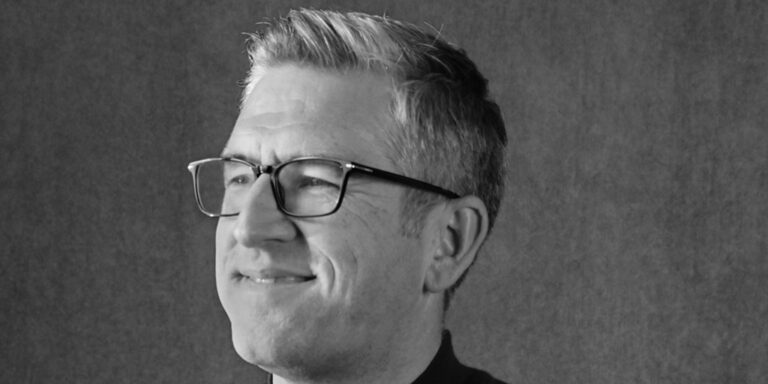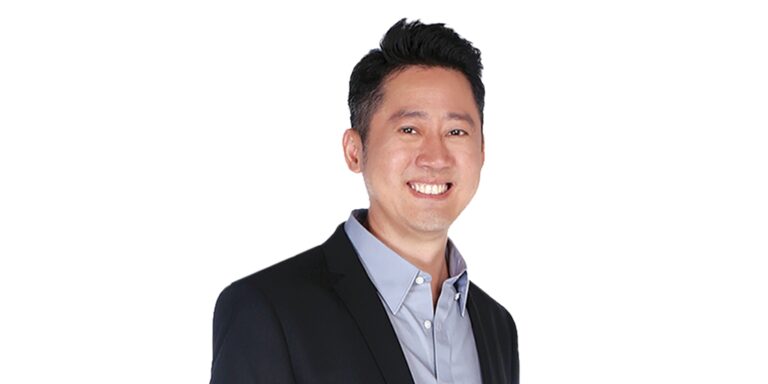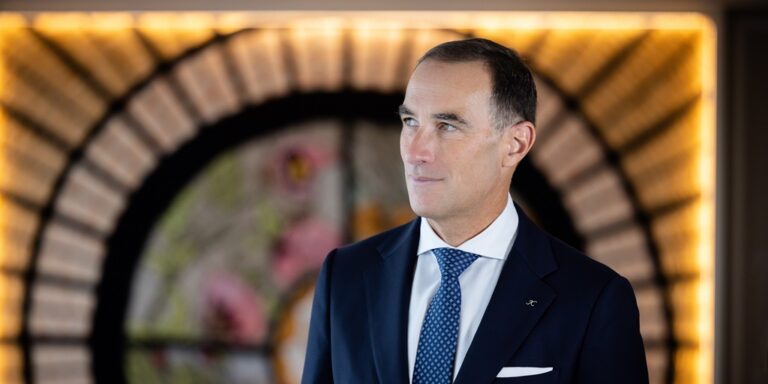Shrikant Dash revealed how the firm’s experiential offerings are spurring continuous growth for brands including The Ozen Collection, Colours of Oblu, and Atmosphere Hotels & Resorts.
Portfolio targets
Atmosphere Core is still a young company, with a decade on the clock and eight resorts in operation across the Maldives, but it has ambitious plans. According to Dash: “Our target is 25 resorts by 2025 and we’ve already got eight in the pipeline so it’s an achievable aim.
“The Ozen Collection has a couple of sites planned, Ozen Prive Athiri Gili in Dhigurah, the Maldives, and Ozen Mansion Kolkata, our first Indian property.
“There will also be a lot going into the pipeline under the Atmosphere Hotels & Resorts line and its various sub-brands because it allows for a greater variety of properties. It is tailored to suit market needs and resonate with owners’ requirements.”
Market optimism
Dash outlined how the group’s pipeline has progressed over recent years: “Since the beginning there’s been an active effort to grow the pipeline. For obvious reasons during covid there was a lull, but post-normalisation there has been a renewed effort from our side.
“We see responsiveness from the market, particularly in south Asia. There is lots of optimism and owners are more ready to develop hotels. So we are basing our development off that and we would like to take properties which suit our brands and strengths in terms of providing a unique leisure-oriented experiential guest offering.”
Geographical focus
Atmosphere Core is very careful when it comes to site choice, as Dash explained: “We’re selective with our locations and even microlocations to ensure that we always have a property with a concept where guests have a unique experience which remains with them for a long time, and then hopefully they come back to another of our properties.
“South Asia is our first target so we’re looking at India in a large way because it offers a very wide variety of locations from mountains to beaches, along with heritage properties. It’s got a lot of history and culture behind it which could be very different from one part of the country to another.
“But we are also interested in Bhutan and Sri Lanka, and of course we continue to look at properties in the Maldives.”
Brand profiles
The group’s three main brands fulfil very different functions: The Ozen Collection is uberlux, with Dash reporting that it creates drive in the market with properties that are much talked about; Colours of Oblu is geared to a younger vibrant crowd and is design specific; while according to Dash: “Atmosphere Hotels & Resorts has fewer brand design requirements, so heritage properties, forts or large bungalow-style residences could easily come into this portfolio.
“This also means Atmosphere Hotels & Resorts lends itself to certain conversions and greater flexibility from a business development perspective, so we’re able to get more traction from owners on that brand.”
Project types
Looking at whether newbuilds or conversions are generally the hotel group’s preference, Dash analysed: “We are much more focused on concept, rather than looking at development from purely a numbers game. We study why guests would come to visit that place and what they are doing around there, then create the story around that particular product.
“In certain cases a greenfield site may be a better option for us simply because what we want to tell is something that’s not been done before, whereas in other places a conversion may be the opportunity to create that unique story.”
Leisure prospects
When quizzed on whether the leisure hotel segment will continue as Atmosphere Core’s bread and butter, Dash responded: “If you look purely at key counts, the big numbers are always in urban spaces and business conventions, and maybe less so in the leisure spaces. But key counts are not really the driver for us – we’re not ruling anything out but certainly leisure will remain our core focus.
“We would certainly like to have a presence in certain locations, so if we choose a country then we would like to be in that country’s top leisure destinations. That’s more important to us than necessarily having a large inventory.”
Identity switch
The Atmosphere Core name is actually a recent rebranding for the company, which was previously known as Atmosphere Hotels & Resorts itself. As to why this realignment happened, Dash clarified: “It’s related to the organisation’s evolution. We started 10 years ago with a lot of entrepreneurial energy and as we’ve grown we reached the point where we had to take a step back and look at how the brands were expanding, and the market reaction to them.
“We found there was strong demand for Atmosphere as a brand and at the same time we had to create an organisational culture and identity beyond the brand. We had to separate the organisation from the brands and that effort resulted in Atmosphere Core being created as the corporate identity.”
Redevelopment criteria
For the group’s existing portfolio, Dash detailed that the resorts require constant attention in terms of both preventative maintenance and substantial renovations. “These are ongoing all the time, for example restaurant concepts can change, and these are based on market trends, guest feedback and of course our own assessment.
“For instance at Ozen Life Maadhoo last year we added a beach casual dining experience called Hudhu Bay, and at Oblu Select Sangeli we had a restaurant called Simply Veg that was rebranded as JustWok – that was based on usage patterns and what the guests were demanding. We have to be nimble and agile and adapt to different circumstances.”
Demographic changes
One shift that Atmosphere Core has been responding to is the typical age of travellers. “The whole concept of Oblu Xperience Ailafushi was driven around the younger crowd that we saw move from influencing holiday decisions to becoming decision-makers themselves over the last decade,” said Dash. “We saw that their needs were very different from previous generations.
“We are also seeing more families travelling to the Maldives which has been an increasing trend for a long time now, but it’s gone beyond just immediate family, it’s now groups, extended families and friends convening. It’s an interesting process as to how to tailor the product and service to suit these trends.”
Supplier requirements
When it comes to choosing furniture, fixtures and equipment (FF&E) suppliers for the group’s properties, Dash described how outfitting in the Maldives requires a certain skill set: “If you’re doing FF&E for the Maldives you need to have an innate understanding of the impact the piece will have and the conditions it will face. Even in a covered area, a lot of spaces are outdoors and not in air conditioned environments. These can be open to humidity, heat and salt sprays so metallic elements such as bolts tend to corrode, so suppliers would have to understand that any metal has to be covered, or wood would have to withstand moisture and not warp.
“Therefore over the years we have developed a number of vendors who have built their own knowledge and expertise about the Maldives requirements, so we tend to prefer them. But as we have moved into India and other south Asian places, we’ve been quite open to alternatives from other suppliers because there are fewer custom requirements.”
Flexible strategy
Dash summed up Atmosphere Core’s development strategy going forwards, saying: “We focus on the stories and experiences that guests would go through when they visit us, so based on that we look at destinations. We’re moving into the rest of south Asia and from there on we would look at expanding beyond that.
“Because of our focus on concept and guest experience we have a much more flexible approach to hospitality and business development. So we custom design each property and everything is done as if we’re starting from scratch. We take a very different approach from having a standardised methodology, a more creative approach which is necessary to deliver the kind of guest experience that we want.”






